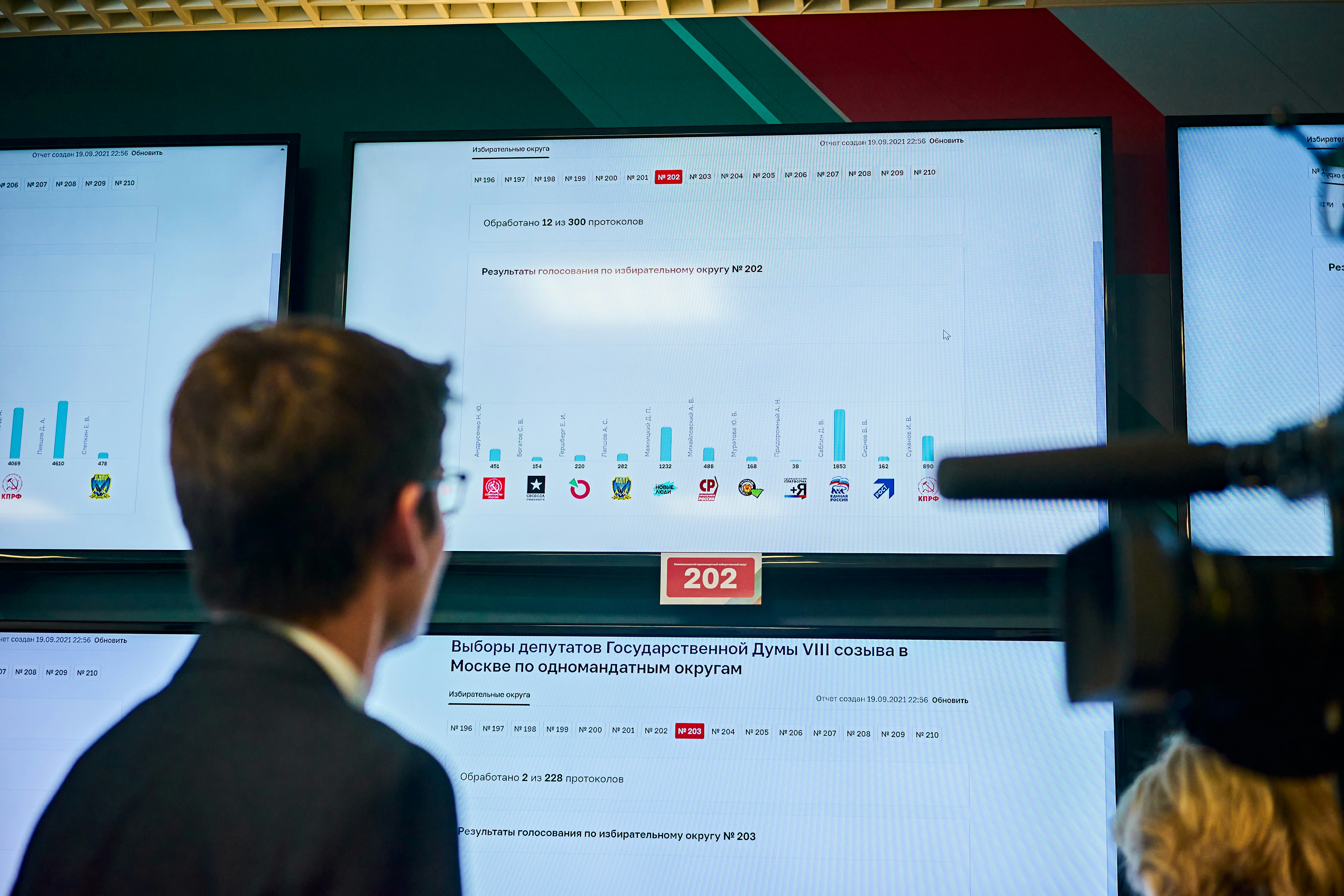Understanding the Context
Moscow seems pleased these days, and you can hardly blame them. The Kremlin has encountered a fascinating opportunity to revisit Soviet leaders’ aspirations regarding NATO. Remember those times when political maneuvering was more about ideologies than borders? Well, history appears to be repeating itself, and here we are, sipping our tea while we watch.
The Soviet Leaders’ Vision
It’s interesting to consider how Soviet leaders envisioned driving a wedge between the European part of NATO. The aim was to create rifts within alliances, leveraging fears and political insecurities. Fast forward to today: Moscow’s stratagem may not have the same fervor, but the echoes of that ambition remain alive, spurring discussions among analysts and policymakers alike.
The Current Landscape
Fast forward to contemporary geopolitics, and the bond within NATO appears stronger than ever, defying past attempts to drive a wedge. Yet, the revelations conveyed through Moscow’s state media suggest a renewed confidence about exploiting any cracks. As inquisitive readers, we find ourselves pondering whether Putin’s current maneuvers reflect genuine strength or a desperate grasp at maintaining relevance.
In conclusion, whether one agrees with Moscow’s approach or not, the historical context of their ambitions towards NATO certainly makes for compelling reading. It’s a classic chess game, where each move carries the weight of past conflicts and dreams. Stay tuned, dear readers – the political drama with hints of espionage, wit, and history continues, and we are all spectators of this grand theatre.



